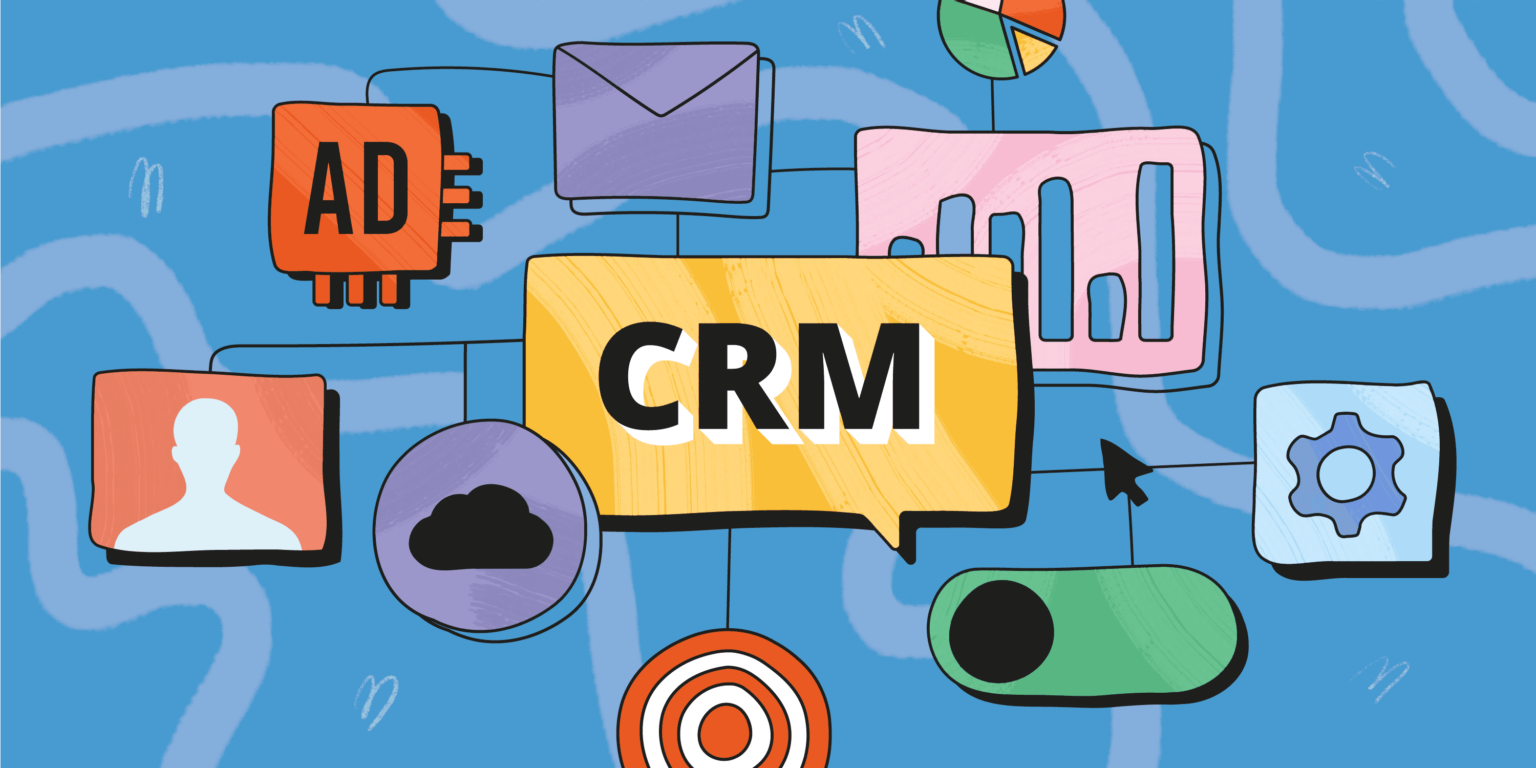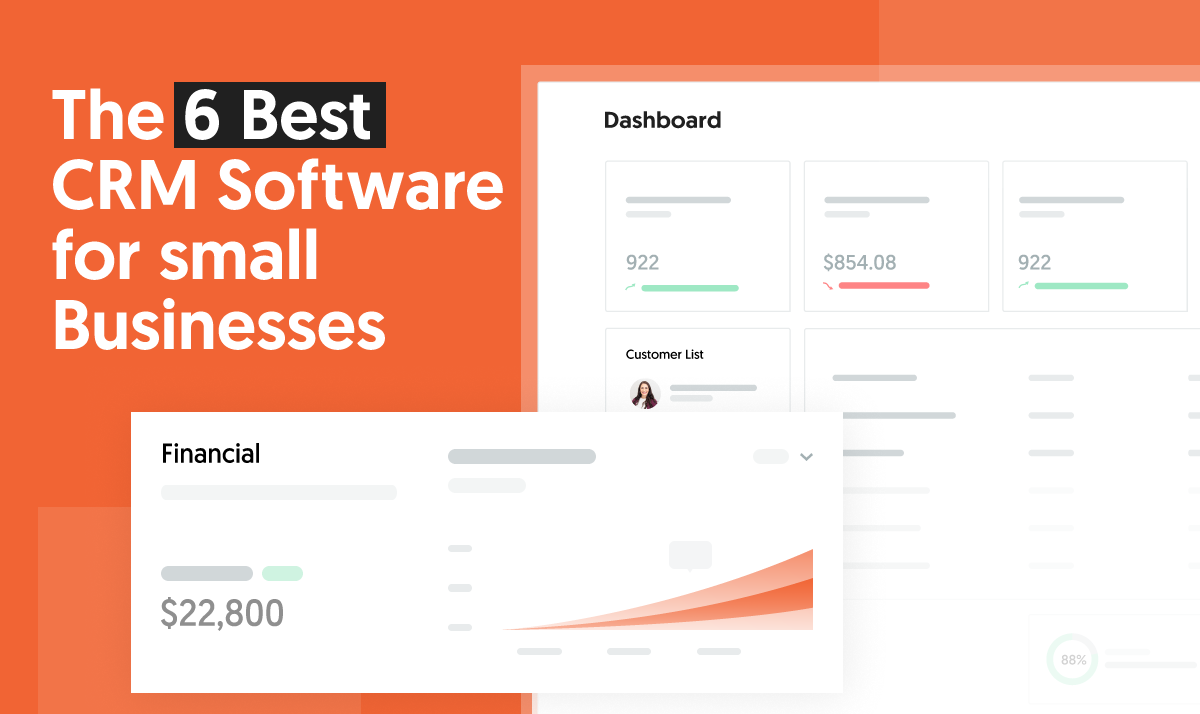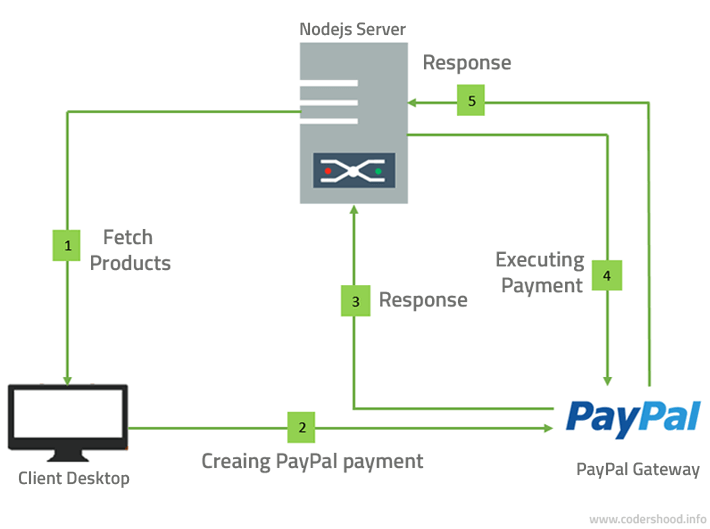Introduction: Why Your Small Business Needs a CRM
Running a small business is like conducting an orchestra. You have multiple instruments (departments), a complex score (business strategy), and a conductor (you) trying to bring it all together harmoniously. One of the most critical tools to help you achieve this symphony of success is a Customer Relationship Management (CRM) system. In today’s fast-paced business environment, a CRM isn’t just a luxury; it’s a necessity. This comprehensive guide will walk you through every step of implementing a CRM tailored for your small business, ensuring you can not only survive but thrive.
Before diving in, let’s address the elephant in the room: Why do you need a CRM? Simply put, a CRM helps you manage and analyze customer interactions and data throughout the customer lifecycle. It allows you to understand your customers better, personalize your interactions, improve customer service, and ultimately, boost sales. For small businesses, which often operate with limited resources, a CRM can be a game-changer, leveling the playing field against larger competitors. It fosters better customer relationships, streamlines operations, and provides invaluable insights into your business performance.
Chapter 1: Assessing Your Needs and Setting Goals
Implementing a CRM without a clear understanding of your needs is like building a house without a blueprint. You’ll likely end up with something that doesn’t quite fit your requirements. The first step is to assess your current situation and define your goals.
1.1 Identifying Your Business Needs
Start by asking yourself some fundamental questions:
- What are your biggest pain points? Are you struggling with disorganized customer data, missed follow-ups, or inefficient sales processes? Identifying these pain points will help you determine what features are most crucial in your CRM.
- What are your current processes? Map out your existing sales, marketing, and customer service workflows. This will help you identify areas for improvement and streamline processes.
- Who are your customers? Understand your target audience and their preferences. This will inform your CRM strategy and help you tailor your interactions.
- What data do you need to track? Determine what customer information is essential for your business. This might include contact details, purchase history, communication logs, and more.
The answers to these questions will help you create a detailed profile of your needs and guide your CRM selection process.
1.2 Defining Your Goals
Once you understand your needs, it’s time to set specific, measurable, achievable, relevant, and time-bound (SMART) goals. For example, instead of saying, “Improve customer service,” set a goal like, “Reduce customer support ticket resolution time by 20% within six months.” Other examples might include:
- Increase sales conversion rates by X% within Y months.
- Improve customer retention rates by Z% within W months.
- Reduce the time spent on manual data entry by V hours per week.
Clearly defined goals will provide a roadmap for your CRM implementation and allow you to measure your success. They’ll also help you justify the investment to your team and stakeholders.
Chapter 2: Choosing the Right CRM for Your Small Business
With your needs and goals defined, it’s time to choose the right CRM. This can feel overwhelming, given the numerous options available. However, by focusing on your specific requirements, you can narrow down the choices and find the perfect fit.
2.1 Researching CRM Options
Start by researching different CRM providers. Consider factors like:
- Features: Does the CRM offer the features you need, such as contact management, sales automation, marketing automation, and customer service tools?
- Scalability: Can the CRM grow with your business? Choose a platform that can accommodate your future needs.
- Ease of Use: Is the CRM user-friendly and easy to learn? A complex CRM will hinder adoption and reduce its effectiveness.
- Integrations: Does the CRM integrate with your existing tools, such as email marketing platforms, accounting software, and e-commerce platforms?
- Pricing: Consider the pricing structure and ensure it fits your budget. Many CRM providers offer different pricing tiers based on the number of users and features.
- Reviews and Reputation: Read reviews from other small businesses to get insights into the CRM’s strengths and weaknesses.
- Customer Support: Evaluate the level of customer support offered. Reliable support is crucial, especially during the implementation phase.
Some popular CRM options for small businesses include:
- Zoho CRM: A versatile CRM with a wide range of features and affordable pricing.
- HubSpot CRM: A free CRM with excellent marketing and sales tools.
- Pipedrive: A sales-focused CRM designed for small and medium-sized businesses.
- Salesforce Essentials: A simplified version of Salesforce, ideal for small businesses.
- Freshsales: A CRM with a user-friendly interface and robust features.
2.2 Evaluating and Selecting a CRM
Once you’ve researched various options, it’s time to evaluate them based on your needs and goals. Create a spreadsheet or a scoring system to compare the different CRMs. Consider the following factors:
- Features: Does the CRM offer the features you need, such as contact management, sales automation, marketing automation, and customer service tools?
- Scalability: Can the CRM grow with your business? Choose a platform that can accommodate your future needs.
- Ease of Use: Is the CRM user-friendly and easy to learn? A complex CRM will hinder adoption and reduce its effectiveness.
- Integrations: Does the CRM integrate with your existing tools, such as email marketing platforms, accounting software, and e-commerce platforms?
- Pricing: Consider the pricing structure and ensure it fits your budget. Many CRM providers offer different pricing tiers based on the number of users and features.
- Reviews and Reputation: Read reviews from other small businesses to get insights into the CRM’s strengths and weaknesses.
- Customer Support: Evaluate the level of customer support offered. Reliable support is crucial, especially during the implementation phase.
After evaluating each CRM, create a shortlist of the top contenders. Then, request demos or free trials to experience the platforms firsthand. This will help you assess their usability and determine which CRM best aligns with your needs. Don’t be afraid to involve your team in the evaluation process, as they will be the ones using the CRM daily.
Chapter 3: Planning Your CRM Implementation
Choosing the right CRM is only the first step. Successful implementation requires careful planning and execution. A well-defined plan will ensure a smooth transition and maximize the benefits of your new CRM.
3.1 Creating an Implementation Timeline
Develop a realistic timeline for your CRM implementation. Break down the project into smaller, manageable tasks with specific deadlines. This will help you stay on track and avoid getting overwhelmed. Your timeline should include the following key phases:
- Data Migration: Importing your existing customer data into the CRM.
- Customization: Configuring the CRM to meet your specific needs.
- Training: Training your team on how to use the CRM.
- Testing: Testing the CRM to ensure it functions correctly.
- Go-Live: Launching the CRM and making it available to your team.
Allocate sufficient time for each phase, and be prepared to adjust your timeline as needed. It’s better to overestimate the time required than to underestimate it.
3.2 Data Migration Strategy
Data migration is a critical step in CRM implementation. It involves transferring your existing customer data from your current systems (spreadsheets, email clients, etc.) into your new CRM. A poorly executed data migration can lead to data loss, errors, and frustration. Here’s how to approach it:
- Data Cleansing: Cleanse your data before migrating it. Remove duplicates, correct errors, and standardize formatting.
- Data Mapping: Map your existing data fields to the corresponding fields in your new CRM.
- Data Import: Import your data into the CRM using the tools provided by the CRM provider.
- Data Validation: Verify that your data has been imported correctly. Check for any errors or inconsistencies.
Consider using a data migration tool or hiring a consultant to assist with this process, especially if you have a large or complex dataset.
3.3 Customization and Configuration
Once your data is migrated, you’ll need to customize and configure your CRM to meet your specific requirements. This might involve:
- Adding custom fields: Create custom fields to store data that is unique to your business.
- Setting up workflows: Automate repetitive tasks, such as sending follow-up emails or assigning leads.
- Configuring user roles and permissions: Define user roles and permissions to control access to data and features.
- Integrating with other tools: Integrate your CRM with your other business tools, such as email marketing platforms and accounting software.
Take the time to configure your CRM to its fullest potential. The more you customize it, the more value you’ll get from it.
Chapter 4: Training and Onboarding Your Team
Your CRM is only as effective as the people who use it. Training and onboarding your team is crucial for ensuring user adoption and maximizing the benefits of your CRM.
4.1 Developing a Training Plan
Create a comprehensive training plan that covers all aspects of the CRM. Your training plan should include:
- Training materials: Develop training materials, such as user manuals, video tutorials, and quick reference guides.
- Training sessions: Conduct training sessions for your team, covering the CRM’s features and functionality.
- Hands-on practice: Provide opportunities for hands-on practice to reinforce learning.
- Ongoing support: Offer ongoing support and training to address any questions or issues that arise.
Tailor your training plan to the different roles within your team. Sales representatives will need different training than customer service representatives, for instance.
4.2 User Adoption Strategies
Encouraging user adoption is essential for CRM success. Here are some strategies to promote user adoption:
- Communicate the benefits: Clearly communicate the benefits of the CRM to your team. Explain how it will improve their work and make their jobs easier.
- Lead by example: Lead by example and actively use the CRM yourself.
- Provide ongoing support: Offer ongoing support and training to address any questions or issues that arise.
- Recognize and reward users: Recognize and reward users who embrace the CRM and use it effectively.
- Get feedback: Gather feedback from your team and make adjustments to the CRM as needed.
User adoption is an ongoing process. Be patient, provide support, and celebrate successes.
Chapter 5: Launching Your CRM and Beyond
The day you launch your CRM is an exciting milestone. However, the work doesn’t stop there. Ongoing monitoring, optimization, and adaptation are crucial for long-term success.
5.1 Go-Live Checklist
Before launching your CRM, make sure you have the following in place:
- Data Migration Completed: Ensure all your data has been migrated correctly.
- Customization Complete: Verify that the CRM has been customized to meet your needs.
- Training Completed: Confirm that your team has been trained on how to use the CRM.
- Testing Completed: Test the CRM to ensure it functions correctly.
- Communication Plan: Communicate the launch plan to your team.
Having a checklist will help ensure a smooth go-live process.
5.2 Monitoring and Optimization
After launching your CRM, monitor its performance and make adjustments as needed. Regularly review your CRM data and track key metrics, such as:
- Sales conversion rates: Track how effectively your sales team is converting leads into customers.
- Customer retention rates: Monitor how well you’re retaining your customers.
- Customer satisfaction: Measure customer satisfaction levels.
- User adoption rates: Track how actively your team is using the CRM.
Use these metrics to identify areas for improvement and optimize your CRM. Continuously refine your processes and workflows to maximize its effectiveness.
5.3 Long-Term CRM Success
CRM implementation is not a “set it and forget it” project. To achieve long-term success, you need to:
- Stay informed: Stay informed about the latest CRM trends and best practices.
- Adapt to change: Be prepared to adapt your CRM to changing business needs.
- Seek feedback: Continuously seek feedback from your team and customers.
- Provide ongoing training: Provide ongoing training to keep your team up-to-date on the latest features and functionality.
- Regularly review and update: Regularly review and update your CRM strategy.
By embracing a proactive and adaptive approach, you can ensure that your CRM continues to deliver value for years to come.
Chapter 6: Common CRM Implementation Challenges and How to Overcome Them
Even with careful planning, you may encounter challenges during your CRM implementation. Being prepared for these challenges can help you overcome them and stay on track.
6.1 Data Migration Issues
Data migration is often the most challenging aspect of CRM implementation. Common issues include:
- Data quality issues: Inaccurate, incomplete, or inconsistent data.
- Data format issues: Data not formatted correctly for import.
- Data loss: Data being lost during the migration process.
To overcome these issues:
- Cleanse your data: Thoroughly cleanse your data before migrating it.
- Map your data carefully: Map your data fields accurately.
- Test your migration: Test your migration process thoroughly.
- Consider professional help: If you’re struggling, consider hiring a data migration specialist.
6.2 User Adoption Resistance
Resistance to change is a common challenge. Some team members may resist using the new CRM. To address this:
- Communicate the benefits: Clearly explain the benefits of the CRM.
- Provide training: Offer comprehensive training and ongoing support.
- Lead by example: Show your team how to use the CRM effectively.
- Address concerns: Listen to your team’s concerns and address them promptly.
6.3 Integration Problems
Integrating your CRM with other systems can sometimes be problematic. Common issues include:
- Compatibility issues: Systems not compatible with each other.
- Data synchronization issues: Data not syncing correctly between systems.
- Integration complexity: Complex integration processes.
To overcome these issues:
- Choose compatible systems: Select systems that integrate seamlessly.
- Test your integrations: Test your integrations thoroughly.
- Seek professional help: Consider hiring an integration specialist.
6.4 Lack of Executive Buy-In
Without executive support, CRM implementation can be difficult. To gain executive buy-in:
- Present a clear business case: Demonstrate the value of the CRM.
- Highlight the benefits: Show how the CRM will improve business performance.
- Get their involvement: Involve executives in the implementation process.
Chapter 7: Measuring the ROI of Your CRM
Demonstrating the return on investment (ROI) of your CRM is crucial for justifying the investment and ensuring continued support. You need to track key metrics and analyze your results.
7.1 Key Performance Indicators (KPIs)
Track these KPIs to measure your CRM’s impact:
- Sales Conversion Rate: The percentage of leads that convert into customers.
- Customer Acquisition Cost (CAC): The cost of acquiring a new customer.
- Customer Lifetime Value (CLTV): The predicted revenue a customer will generate over their lifetime.
- Customer Retention Rate: The percentage of customers who remain customers over a specific period.
- Customer Satisfaction (CSAT) Score: A measure of customer satisfaction.
- Net Promoter Score (NPS): A measure of customer loyalty.
- Sales Cycle Length: The time it takes to close a deal.
- Lead Response Time: The time it takes to respond to a new lead.
7.2 Analyzing Your Results
Regularly analyze your KPIs to assess the impact of your CRM. Look for trends and patterns. Compare your results before and after CRM implementation. Identify areas where your CRM is performing well and areas where it needs improvement. Use these insights to optimize your CRM strategy and maximize your ROI.
7.3 Reporting and Communication
Regularly report your CRM results to your team and stakeholders. Share your findings, insights, and recommendations. This will help you demonstrate the value of your CRM and ensure continued support.
Conclusion: Embracing the Power of CRM for Small Business Growth
Implementing a CRM is a significant undertaking, but the rewards are well worth the effort. By following this comprehensive guide, you can successfully implement a CRM that empowers your small business to:
- Build stronger customer relationships.
- Streamline your sales, marketing, and customer service processes.
- Gain valuable insights into your business performance.
- Drive sustainable growth.
The journey doesn’t end with implementation. Continuous learning, adaptation, and optimization are key to maximizing the value of your CRM. By embracing the power of CRM, you can position your small business for long-term success in today’s competitive marketplace. Don’t hesitate to take the plunge. Your customers, and your business, will thank you for it.


